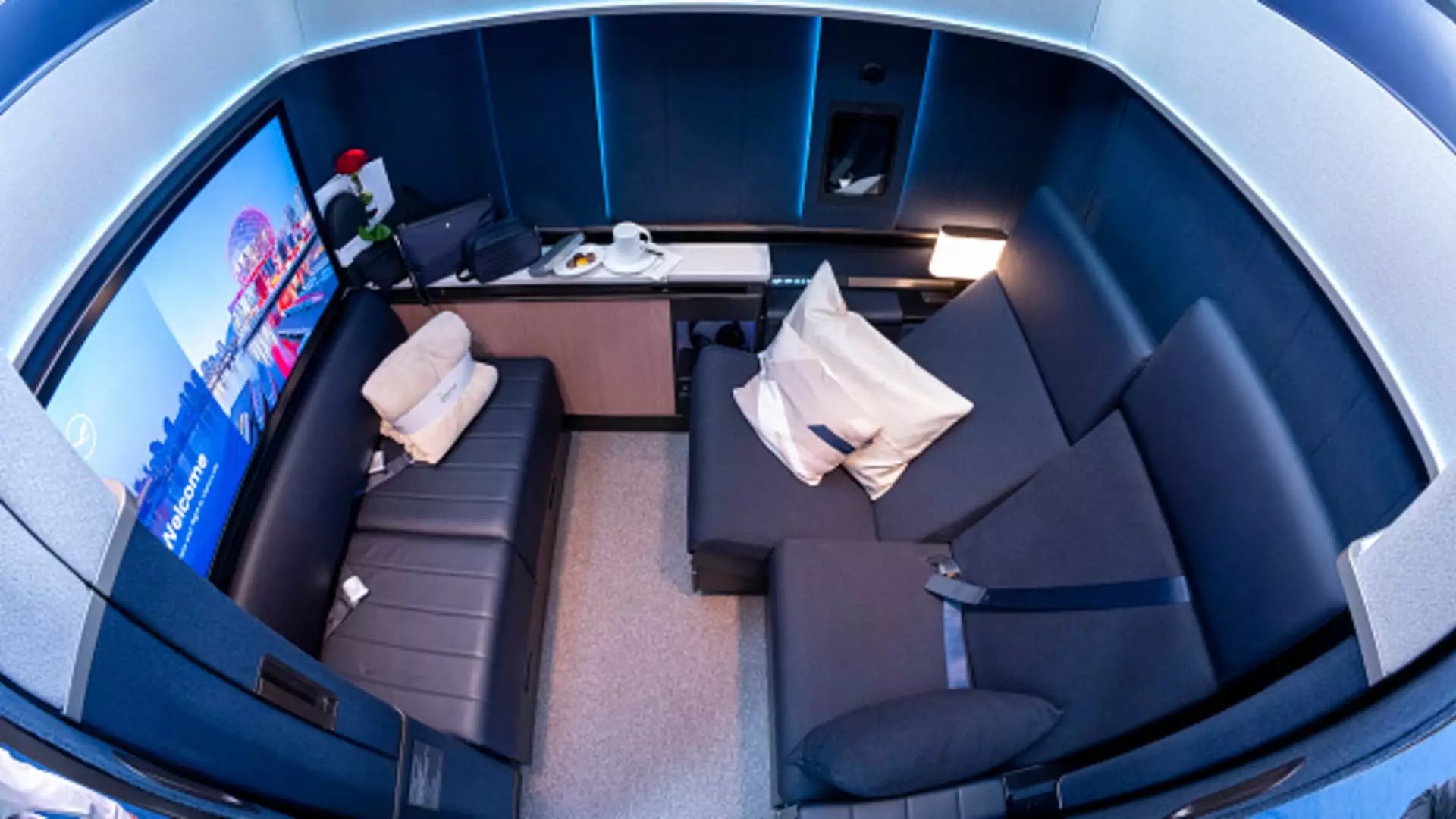As competition intensifies in the aviation industry, airlines are striving to upgrade their offerings by enhancing the comfort and overall experience supplied to their passengers. High-end amenities such as heated or cooled seats, ultra-HD television screens, and more spacious layouts have become the hallmark of first-class and business-class cabins. However, these luxurious features come at a cost—both in monetary terms and in the form of delays in aircraft deliveries. With hundreds of highly intricate components requiring regulatory approval, major aircraft manufacturers find themselves grappling with a labyrinth of certification processes that hinder timely deliveries.
In the quest to prioritize customer satisfaction, airlines are rushing to adopt increasingly luxurious components in their aircraft. Yet, this rush has inadvertently led manufacturers like Boeing and Airbus to face substantial delays in aircraft deliveries. A recent industry conference highlighted how Boeing’s 787 Dreamliners were stuck at the production facility due to delays linked to seating components—specifically, the complexity of seat designs and the extended time required for certification approvals. Boeing’s CEO Kelly Ortberg pointed out that it’s the auxiliary components like cabinets and privacy doors, rather than the seats themselves, that are causing these logjams. In expert terms, these elements fall under “cabin monuments,” and their certification is pivotal for ensuring passenger safety and comfort.
Unfortunately, Boeing is not alone in this predicament. Airbus faces similar challenges, according to CEO Guillaume Faury, who noted that delays in both seat and cabin feature approvals are adversely impacting the timeline for delivering fully functional aircraft. Given the significance of these manufacturers in the commercial aviation market, the ripple effect of these delays is felt industry-wide, pushing back schedules for airlines eager to capitalize on premium travel trends.
Aircraft deliveries hold significant financial implications for both manufacturers and airlines. For avionics manufacturers, cash flow largely depends on the delivery of planes, as payments are typically made upon delivery rather than at the time of order. For airlines looking to introduce enhanced premium travel experiences, each delayed delivery translates to lost revenue opportunities. Delta Airlines exemplifies this dilemma; a considerable price difference exists between standard economy and premium seats, illustrating how essential new, upgraded aircraft have become for maintaining competitive revenue streams.
With the international travel landscape evolving post-pandemic, airlines are keenly aware of the growing willingness of passengers to pay for a premium experience. As demonstrated by Delta’s recent sales figures, the shift toward premium seating is not merely a trend but a significant contributor to airline revenue. As airlines invest heavily in upgrading their fleets, financial returns hinge on hastening the delivery of newly designed aircraft.
The intricacy of modern seat design cannot be overstated. Business-class seats can comprise approximately 1,500 parts, and the airline industry focuses vigorously on weight optimization to enhance fuel efficiency. Lightweight materials coupled with aesthetically pleasing designs have become top priorities. Yet, the task is far from simple; slight adjustments in seat design can lead to unforeseen issues such as shifts in the aircraft’s center of gravity—a concern raised by various airlines, including Switzerland’s flagship carrier.
This nexus between weight and design not only affects technical specifications but shapes the overall customer experience. Airlines like Swiss are pouring resources into optimizing factors such as weight distribution to ensure not only passenger comfort but also compliance with technical and safety regulations. Indeed, the financial investment involved in outfitting modern aircraft with state-of-the-art luxury seating can rival that of a luxury car, underlining the vital nature of these upgrades for retaining customer loyalty.
The future of premium travel is marked by a duality of excitement and apprehension. Airlines from Qantas to American Airlines are ramping up their pursuits of luxury, yet the industry’s challenges are far from over. Regulatory approval processes and supply chain constraints remain significant bottlenecks in the journey toward modernized aircraft cabins.
Furthermore, the impact of recent workforce reductions at the Federal Aviation Administration raises questions about the efficacy of regulatory processes going forward. In a climate where customer expectations for comfort and luxury are rapidly evolving, the aviation industry must navigate the complexities of certification alongside fostering innovation.
The tension between luxury expectations and operational realities will define the air travel landscape in the coming years. As global airlines inch closer to realizing the next generation of aircraft, the balance between regulatory hurdles, supply chain constraints, and heightened passenger demands must be addressed holistically to redefine what air travel can offer. The journey is rigorous, but it will ultimately reshape our perceptions of sky-high luxury.


Leave a Reply